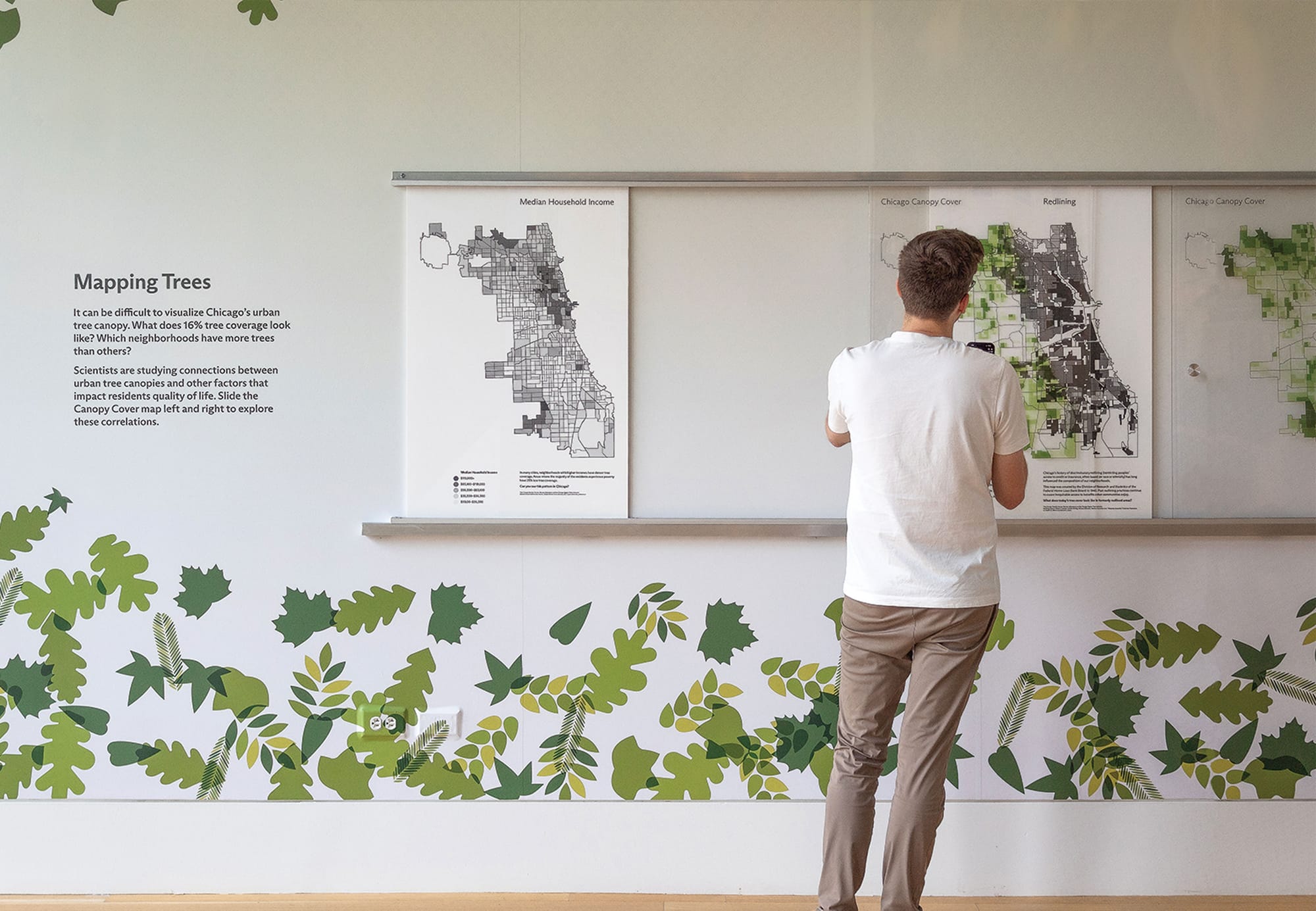How to be The Architect of Tomorrow: Championing Justice Initiatives with Ryan Gann, 2026 AIA Presidential Candidate
Ryan Gann, AIA, NOMA, 2026 Presidential Candidate for the AIA stresses the importance of daily actions to create long-term ripples in the industry.
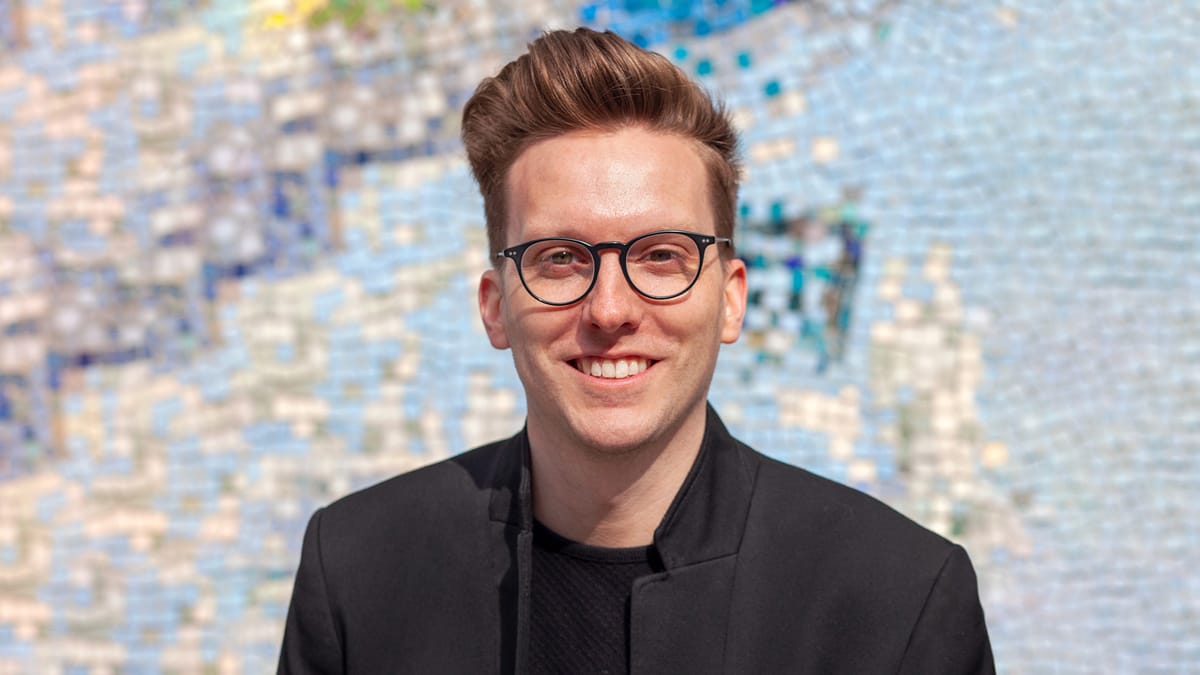
Written by Sudhiksha Srinivasan
Coining the term ‘Partner in Progress’ Ryan Gann AIA, NOMA is an Architect, Design Strategist, and the 2026 Presidential Candidate for the American Institute of Architects (AIA). He was also recently announced as one the recipients of the 2024 AIA Young Architects Award. Intrigued by his long-standing efforts of advocacy for inclusive representation, I caught up with Ryan to discuss and learn what it takes an architect to create a ripple in the industry today.
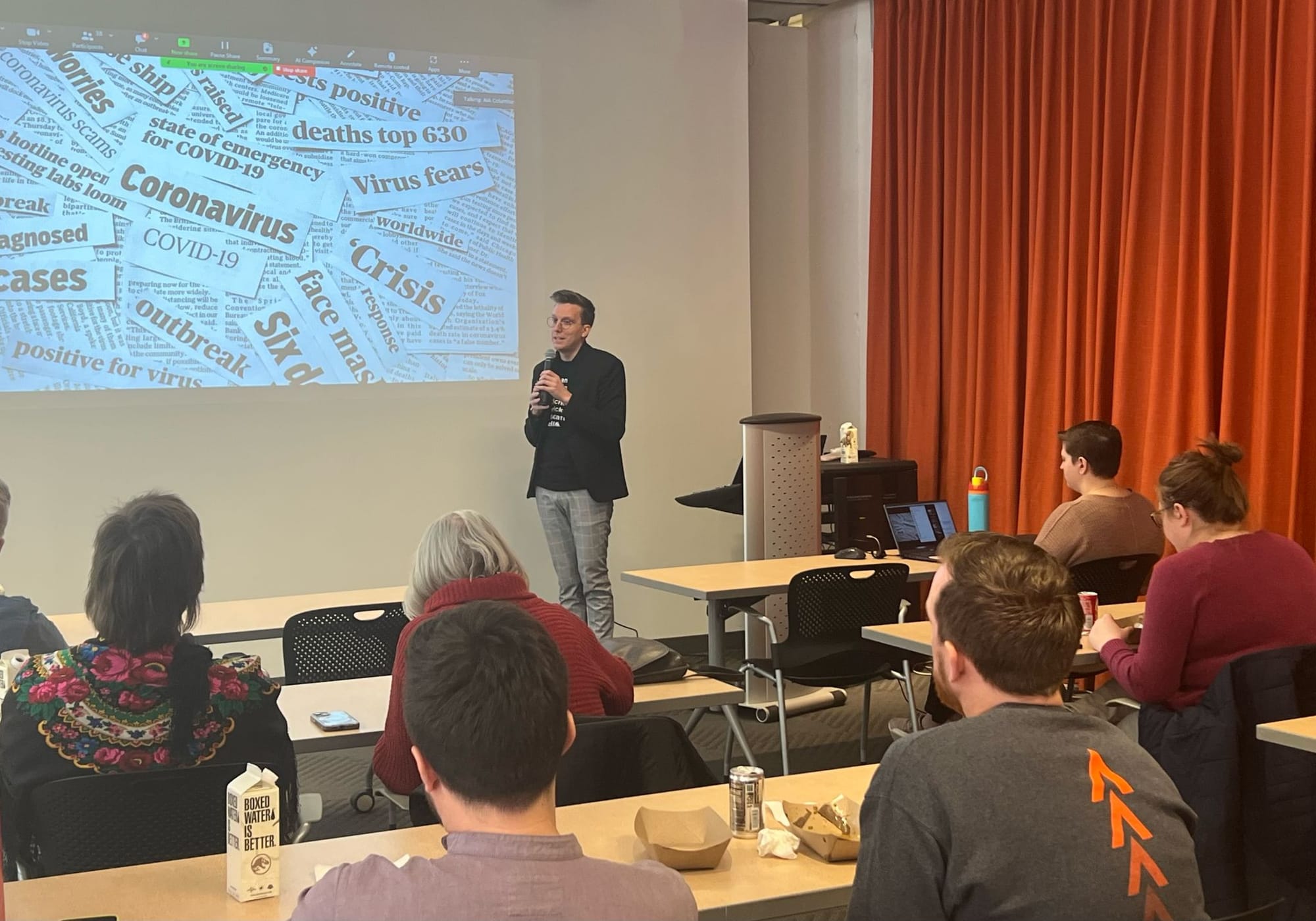
Architectural Epiphany: Tracing Inspiration and Commitment to Justice
Ryan’s architectural journey commenced from what he warmly recalled as a cliched fascination, "I loved playing with Legos and loved drawing". However, it was the appeal of MTV Cribs that truly sparked his imagination, exposing him to the diverse expressions of celebrity homes. "I would often doodle floor plans," he reminisced " then my mom revealed, 'That's what architects do’, offering me a language to grow in this passion”.
Graduating from the Illinois Institute of Technology, in Chicago's south side, heightened his awareness of societal constructs, particularly racial segregation. Reflecting on this pivotal moment, he shared, " I think that that was the first time in college that I ever really recognized the physical constraints or experiences of segregation of race profoundly". This awakening propelled him into his career at Ross Barney Architects, where he discovered the power of architecture as a tool for communication and societal transformation. With renewed enthusiasm, he embarked on a journey of learning, listening, and empathizing.
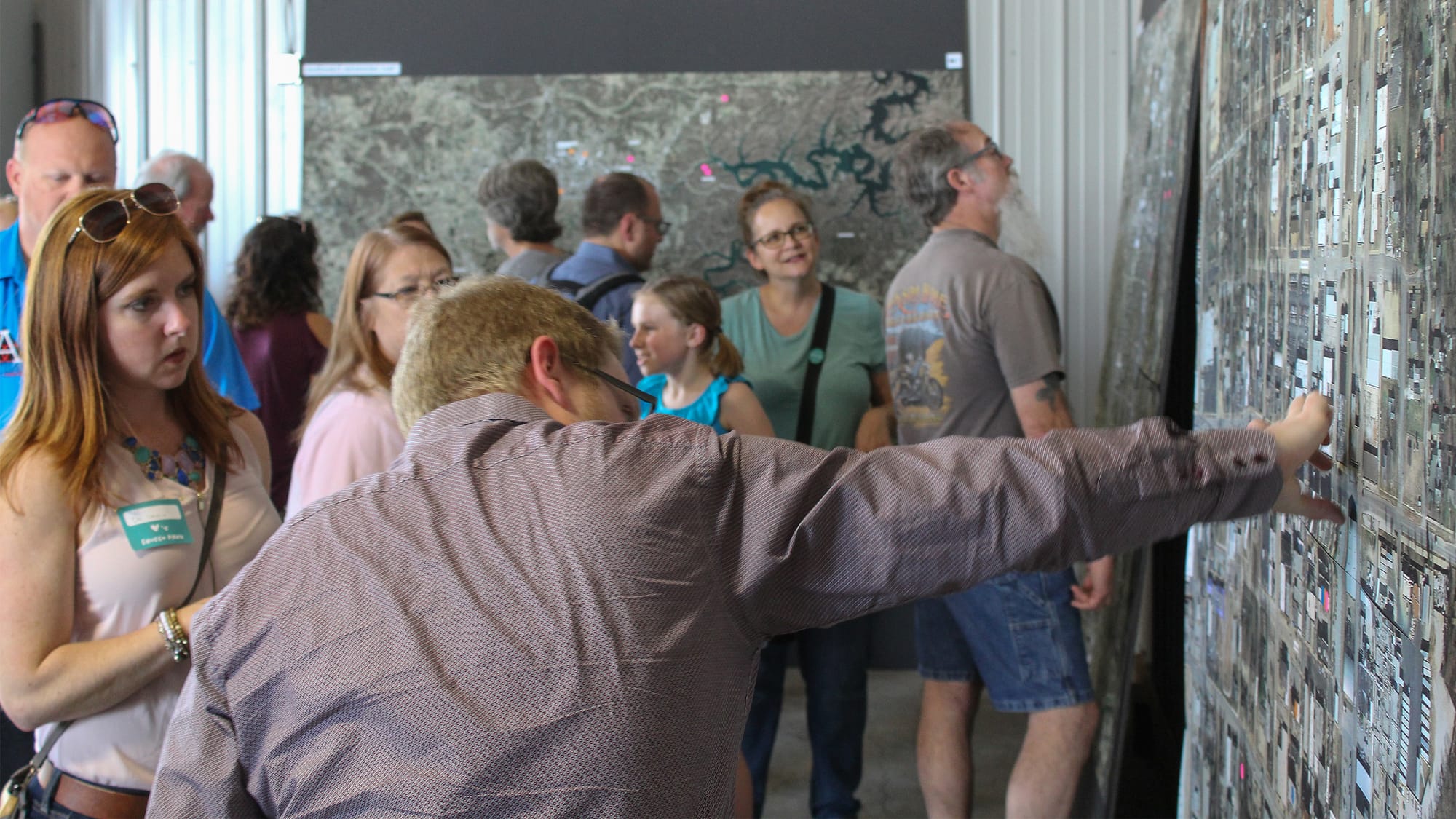
Interconnectedness of Racial and Climate Justice: Exploring Influences and Action Plans
Ryan’s 2026 Presidential campaign for the American Institute of Architects (AIA) underscores the intrinsic link between racial justice and climate justice, a connection that has garnered increasing recognition in the past few years. "I'm not the first to make the connection between the two," he humbly acknowledged, citing the National Resources Défense Council's insightful diagram during the pandemic that illuminated the interplay among racial justice, climate justice, and also health justice.
Delving into the very intriguing statistic of how disparities evident in climate impact communities of color more severely than others, he highlighted the complex interplay of historical, social, and environmental factors.
“It's been proven time and again through research that having more diverse voices and diversity in its broadest forms, racial, ethnic, gender, identity, expression, ability, all economic income and disparities across all of that, having people with different backgrounds and attachments to those different forms of identity create better outcomes creates better design. It creates better recognition, a better depth of what we're doing and what we're working on.
Transitioning from theory to action, Ryan mentioned how daunting the nature of the challenge is in reality. However, he then emphasized the significance of everyday actions, no matter how small, in affecting cultural change.
“I don't think that there's any distinct difference necessarily at this point about doing something small or doing something large, as long as we practice this ethos of every day, making a choice that's related to equity and climate. Across the profession, that's thousands of choices every day and millions of choices every single year. That's what moving the needle looks like”.
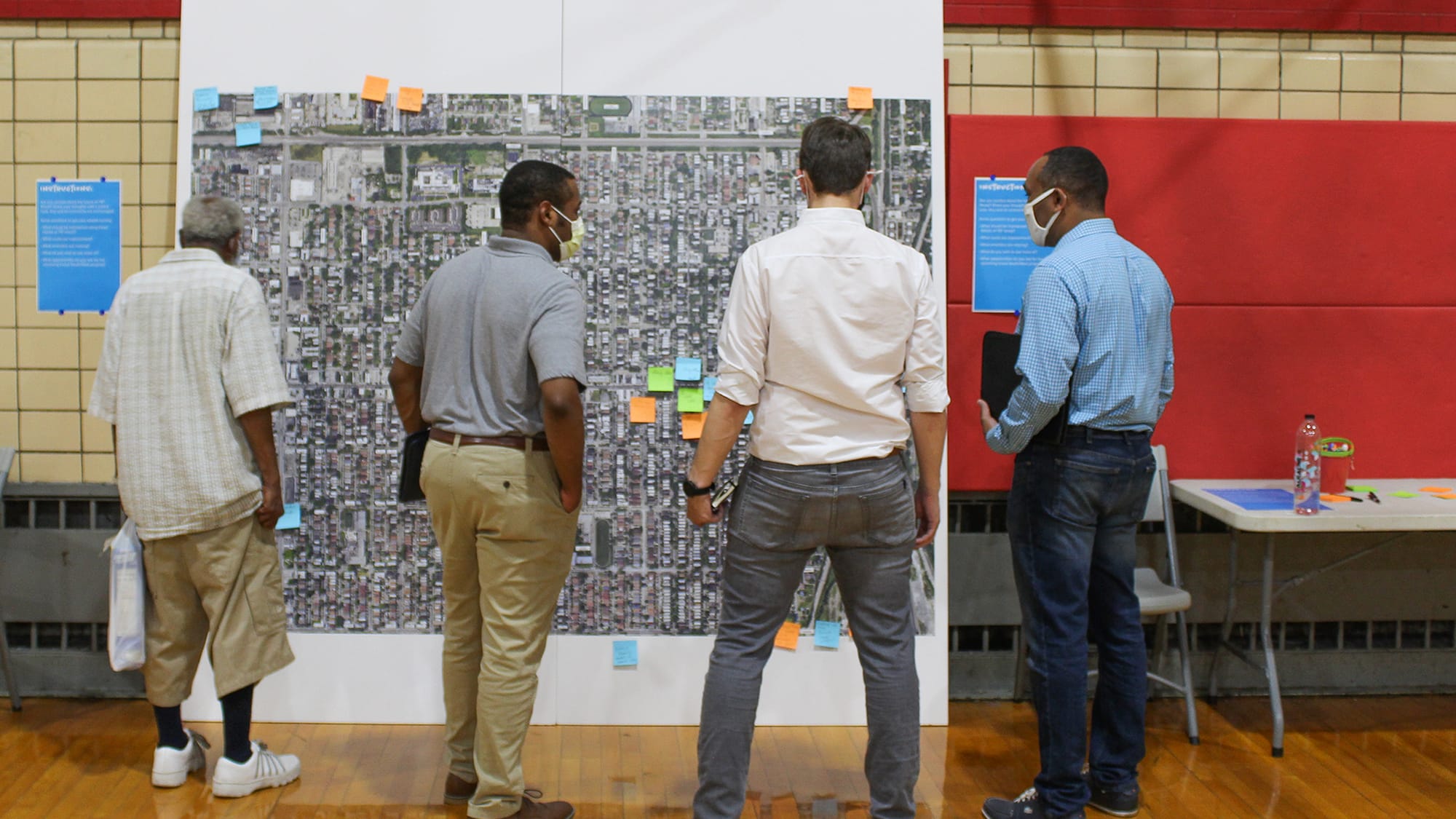
Insights from Architectural Leaders Nationwide: Exploring Hopes and Fears
In his campaign video, he highlighted a study of engagement with leaders across various regions, inquiring about their hopes and fears surrounding architecture. This study yielded a very interesting contrast.
“Some people's hopes are some people's fears. I think I intentionally asked the question because as soon as you have a negative or a positive, the contrast between them becomes interesting. Some people are very hopeful that the future of the profession is more diverse, that we won't soften our commitments and that the influence of the architect will continue to grow positively. People are hopeful for prosperity and that we'll be able to fix a broken business model.
On the same side, people are fearful of those exact same things.
There's a fear that we're going to lose relevance if we don't talk more broadly about some of these challenges and opportunities. There's a fear that the softening of commitment that I just mentioned related to equity, diversity, and inclusion is just going to be a trend that goes away and in another, decade or another 50 years we'll revisit it.
This will disenfranchise the people that we want to attract with the most diverse talents and perspectives and they will go to other industries which will create a gap or never-changing demographic”.
Ryan also interestingly spoke about how in school we’re taught architecture can solve everything but as practitioners, we are responsible for bursting out of that bubble and understanding our scope of agency.
His philosophy of "partner in progress," underscores the importance of collective efforts in driving meaningful change. "It's that recognition that we can't do this alone and we shouldn't be doing it alone," emphasizing the collaborative nature of effective problem-solving by creating strategic partnerships with diverse stakeholders, including community members, Indigenous knowledge holders, and professionals from various industries.
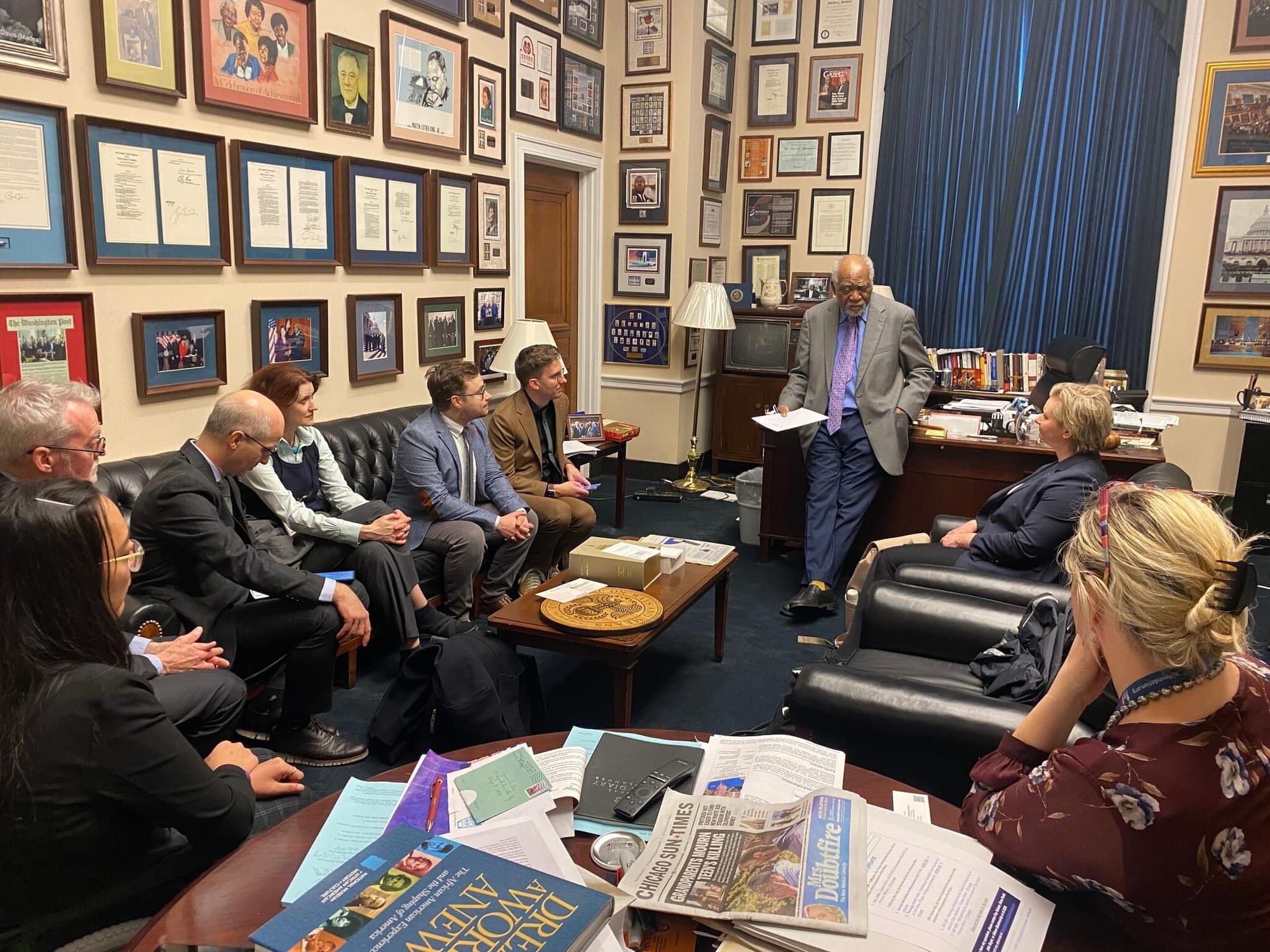
Addressing the fear of momentum loss in the Architecture industry
“It's the million-dollar question in some ways,” said Ryan, when asked about his fears about industry inertia.
He created an interesting parallel to an individual’s choice to recycle by emphasizing the importance of conscious awareness and dialogue. Referring to it he said, “The fact that I even thought about recycling, that there was even a conscious decision or even an unconscious action that formed a conscious dialogue in my mind, that's what we're talking about, of changing the attitudes, changing expertise, and changing the actions that we make.
Without that, without being able to slowly morph, although we should be doing it more quickly, but to slowly morph and evolve how we think, that's how we lose momentum.
That's how we lose focus. That's how we get distracted by the next shiny object that comes along”.
Acknowledging the multifaceted nature of the challenges, noting the various benefits and motivations that align with efforts to address climate inequity he mentioned, “Underneath the umbrellas of climate inequity, there's business prosperity, there's making more money, increased workplace culture, increased health and wellness for individuals within the industry”.
Ultimately, he stressed the significance of instilling a sense of ownership, purpose, and possibility, which helps the diverse stakeholders remain committed to advancing meaningful change despite potential obstacles or distractions.

Fostering Daily Actions for Progress: What Can We Do to Promote Change?
Ryan spoke about how sometimes even the most mundane of changes could cause big ripples long term. “If we look specifically at climate inequity, it could be having a conversation with your client about the HVAC system that's being selected, going all-electric, instead of using a system that's biofuel-based” he added. He also spoke about how as architects we make multiple decisions every day ranging from design decisions to specification or material selection which gives them abundant agency to always advocate for the healthier choice.
Addressing agencies on different scales and timelines he advocated for changes that architects can make from whichever phase of career they are in.
“On the equity front, it could be having a conversation with a coworker who has a different background than you, asking them how they're doing that day, how they are in their journey of licensure, or just generally creating that sense of belonging.
It could be looking at pay equity, and doing a pay equity audit, and using the tools that exist out there.
It could be building an entire framework about how to address systemic racism in your practice.
It could be just learning, taking a LEED exam, researching FITWEL, or WELL certification.
It's all of these little things that just start with education, move to where you have agency as an individual, where you have agency as a firm, and then it ripples out into where there are huge movements that are happening within the professional arts”.
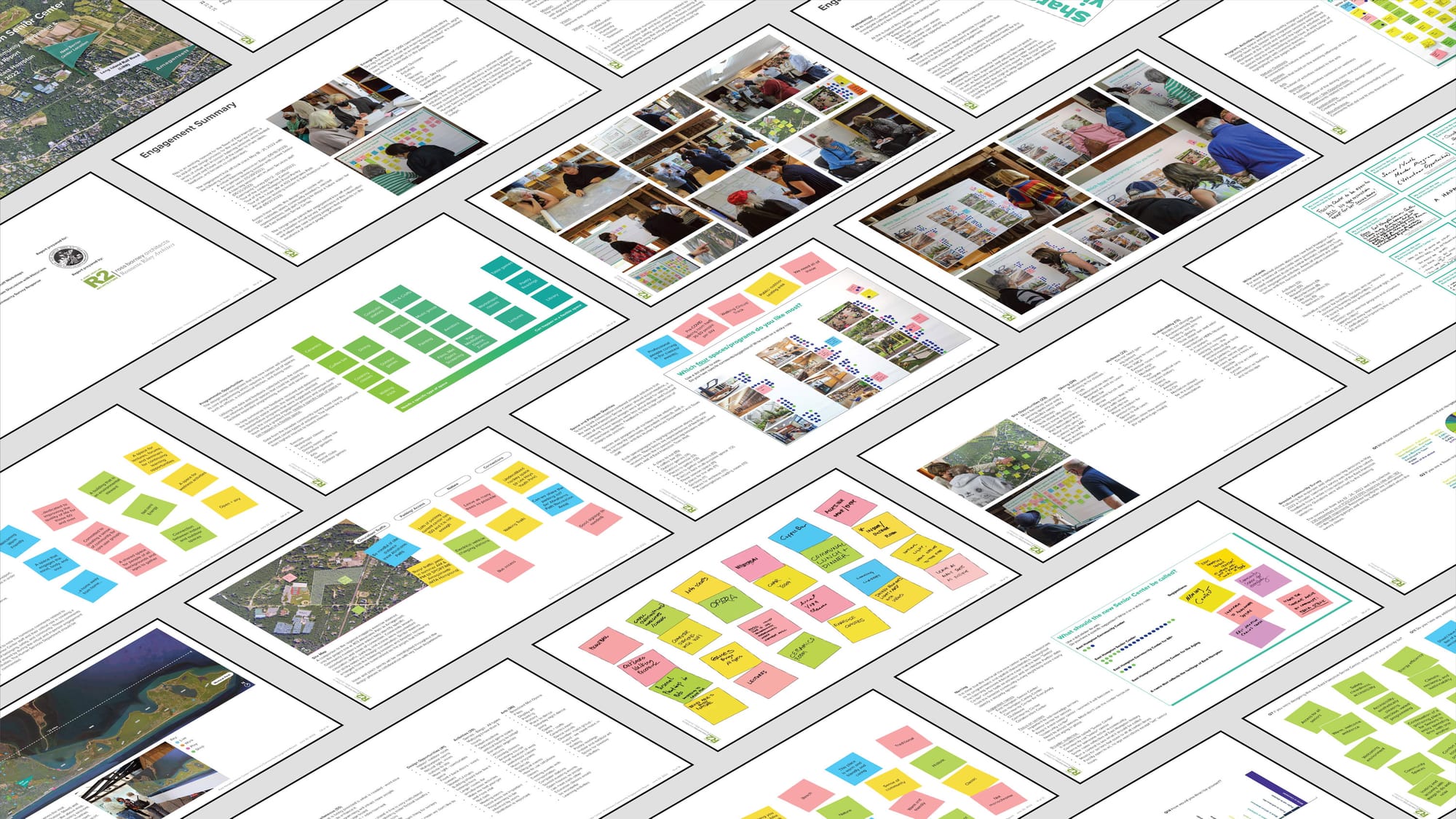
"If you don't have a seat at the table, bring your own”
Ryan has always been an advocate of taking tangible actions to promote inclusivity and representation within the industry. Highlighting the importance if having a seat at the table he mentioned how one can still be proactively engaged with the industry by having a seat at the table and if not, they bring their own.
In closing, on being asked to share his advice for aspiring changemakers he mentioned, “We often lean on this idea of traditional and untraditional practice and I think that that's a bit of a misguiding terminology, because in my mind, as we talked about architectural education and what we learn, the biggest contribution that we have as a profession is our ability to be discerning, to take multiple endpoints, and to synthesize them.
We're facilitators and synthesizers. Architect as a data analyst, architect as a facilitator, architect as a storyteller, architect as a model maker, as a furniture maker.
There are all of these other ways to practice architecture that begin to expand and sit at the margins of a traditional definition. But it begins to look more broadly at how we solve the challenges of tomorrow and beyond.
If we're only looking at the horizon and using our current and present bounded definition of what architecture is and what it can do, there are many forms and threats to that, whether it be AI, or other industries, and it really shortchanges ourselves to think more broadly about the impact that our training, that the way in which we think, can have”.
There are multiple takeaways from this extremely intriguing conversation. Besides a newfound change-maker motivation, this conversation helps architects and non-architects alike, find solace that the world has hardworking individuals tirelessly advocating and fighting for creating a more just and habitable environment.
